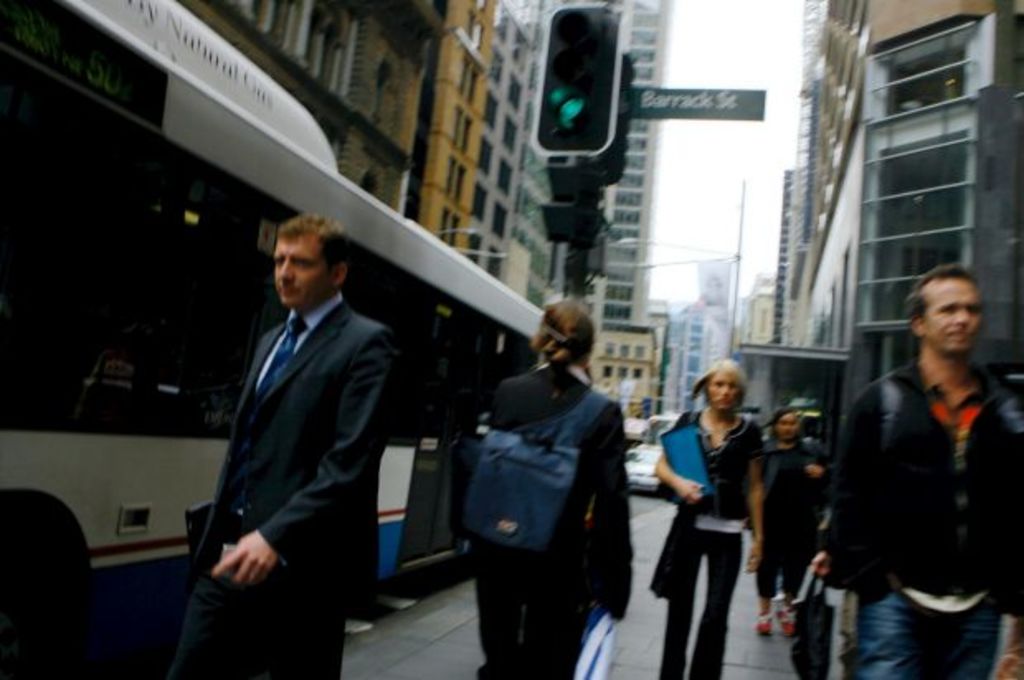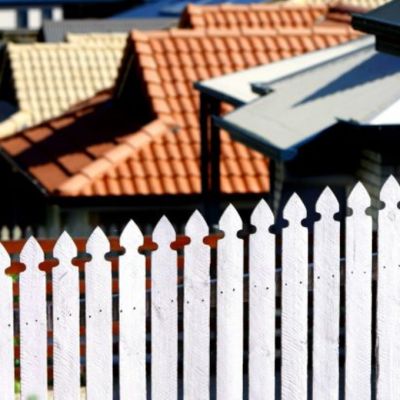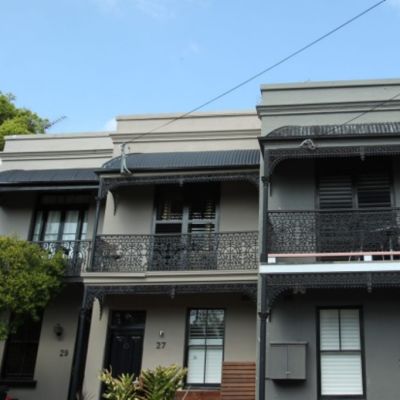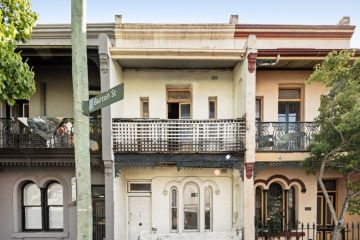Five reasons young people should live in the suburbs

It’s time we gave up our addiction to the Big Smoke and the congested inner city lifestyle that the younger generations have been told is trendy.
Millenials and Generation Y have flocked to small apartments in the CBD and rejected the old Australian Dream of a picket fence and a backyard. In some instances, they’re rejecting home ownership all together.
But they might just be buying into a dream that’s unrealistic in the long-term. Here’s why younger generations shouldn’t give up on the suburbs just yet.
1. The CBD is overloaded
Sydney is overcrowded and overloaded, with very little sign of relief in the future.
Generation Y is starting families later, but for those who are looking to live in the inner city and have children there are serious implications to think about ahead of time.
NSW Education Department data obtained in late-2015 found inner-city primary schools will not have enough classrooms to cope with growing enrolments over the next five years.
Childcare is also seeing demand growing significantly, with demand outstripping supply by 3000 spaces in the City of Sydney and a potential for that gap to double in 15 years unless more centres open.
While developers are actively moving to support families, often including childcare facilities in their developments, there is set to be high demand for those who can’t afford to buy into a complex with all the bells and whistles as demand for inner city childcare continues to grow.
2. The suburbs are half the price
Young Australians are increasingly moving into inner city apartments, but there are many reasons not to give up on the suburbs quite yet.
Looking at the most affordable suburbs within 10 kilometres of the CBD, Domain Group data found the cheapest median priced suburb was Tempe, at $1,065,000. Many of the inner suburbs on the cheapest list near the CBD are right under the flight path.
If you look 30 to 40 kilometres out, this median price is more than slashed in half at $360,000 for Marsden Park. Younger home buyers without a million dollars in their pocket are told to buy whatever it is they can afford – whether or not it is appropriate for their future plans.
3. Workforces are changing
Long, gruelling commutes are one of the more obvious reasons the suburbs are being shunned by Gen Y as they look to live closer to where they work and play. It’s true an hour or more door-to-door travel time can be a hard pill to swallow.
But workplaces and workforces are slowly changing. Parramatta is now an employment hub and living a few stations out from this mini-CBD could be an option as jobs open up in the area. A total 1800 Department of Education staff were announced to be moving to Parramatta, from the CBD, by 2018.
For some industries, jobs have been slowly drifting away from the CBD for years.
As the workforce becomes more mobile, with a potential increase in telecommuting and flexible work, living further from the CBD will become more of a viable option. As businesses accept having their hub outside of the cities, more residents in the suburbs will live, work and play locally.
4. Lifestyle benefits
The suburbs aren’t just a playground for empty nesters and upgraders – they offer an underrated lifestyle for younger Australians as well.
There’s a lot of choice when you look past the inner suburbs, with varying rates of multiculturalism across the numerous outer LGAs and many suburbs have their own shopping strips, desirable cafes and local restaurants.
Increasingly, the suburbs also offer more housing options for your budget. You don’t have to live in a McMansion just because you move away from the CBD, with developers now offering apartments and townhouses in these areas, along with established and new freestanding houses up for sale.
5. Peaceful community
There’s nowhere as neighbourly as the suburbs. Unlike in the city where the population is larger and more transient, you’ll start seeing familiar faces around town, in shops and in other local places.
Suburbanites still have access to bustling shopping hubs and busy restaurant districts, but they’re not right next door to it. These leafy outer areas provide an alternative to the busy noise of the inner city.
And if you do miss the rush of the inner city, you can always head back in for a day trip without having to pay the pricetag.
We recommend
We thought you might like
States
Capital Cities
Capital Cities - Rentals
Popular Areas
Allhomes
More







